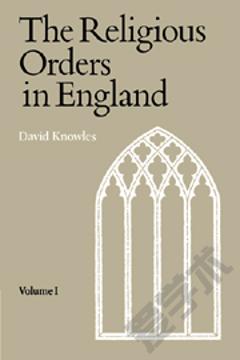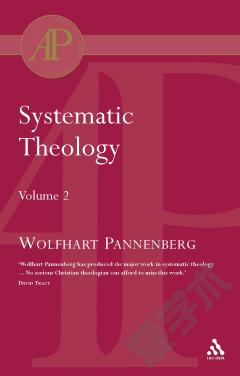Religious Orders Vol 2
This book covers a period (1336–1485) neglected by historians, when many features of the modern world were germinating under the surface of medieval institutions: the age of Chaucer, Langland, Bradwardine and Wyclif, of the new Nominalism and the Conciliar Movement. David Knowles devotes part of his book to narrative, and part to analysis. The great abbeys are at their height of outward splendour, we see the building schemes of Ely and Glouster, the impact of the Black Death, and the recovery from it; we see the monks and friars in controversy at Oxford, the attacks of Wyclif and the Lollards, helped by the satire of the poets; the conservative reaction, and the foundations and reforms of Henry V, followed by the Indian summer of the feudal aristocracy.
{{comment.content}}








 京公网安备 11010802027623号
京公网安备 11010802027623号